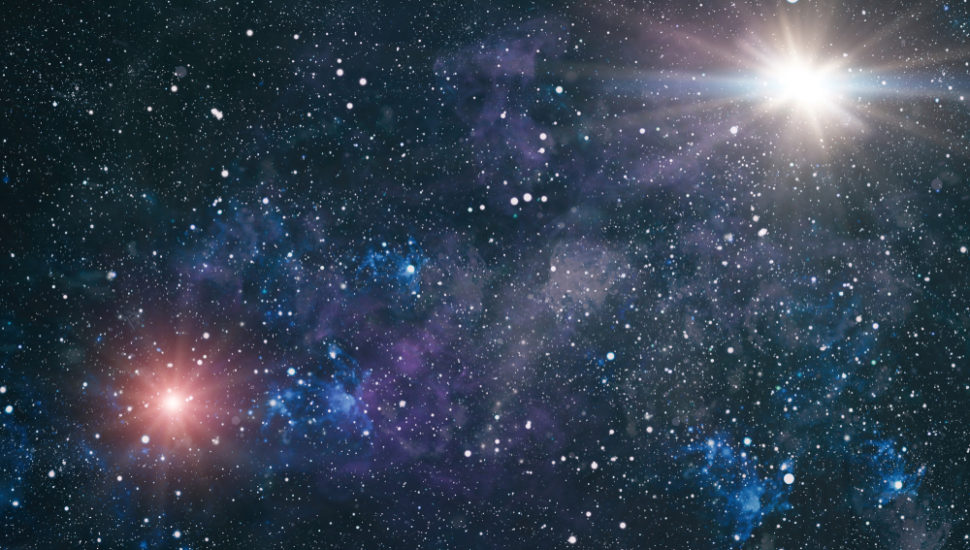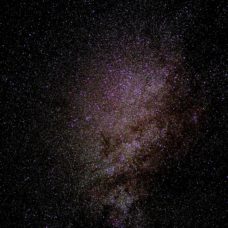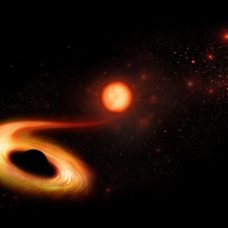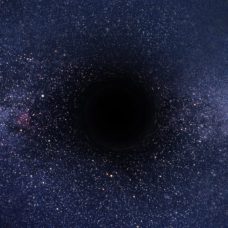No one knows for sure what came before the Big Bang.
For some cosmologists, it is futile to try to describe the pre-Big Bang, simply because we lack any observational evidence.
What researchers are pretty sure about it is that the Big Bang actually took place. After that, what matters most to them is the consequent course of events.
According to physics, the Universe started with the singularity.
Since the 1920s, thanks to the work of Edwin Hubble and to Einstein’s dismay, we know that the Universe is expanding.
By and large, the scientific community can agree on the phenomenon of the expanding universe. However, they can’t come to terms as to its rate.
The Hubble Constant Isn’t That Constant
Astronomers aren’t quite sure about the shape and size of the Observable Universe or which fate would eventually befall it.
They know space is expanding and there is a value, known as the Hubble Constant, to measure the rate of this expansion.
The main mission of the Hubble Space Telescope was to get accurate measurements of this expansion rate.
Edwin Hubble’s initial calculations of his Constant came to approximately 500 km per second per megaparsec.
Hubble’s own value is way off of the mark because of the data quantity and quality he had access to.
But even with state-of-the-art observatories and supercomputers, scientists are still divided between two canon approaches to calculate the expansion rate.
Read More: Hubble Measurement Confirms Discrepancy in Universe’s Expansion Rate
There’s the “early relics” and the “ladder” methods, and they give diverging readings.
The early relics group of astronomers, based on observations of the Early Universe, get a value of 67 km/s/Mpc.
The ladder group use nearby objects as, you guessed it, a ladder to extrapolate, and they get a result of 73 km/s/Mpc.
This means that if we consider space in chunks that are 3.26 million light-years across, or 1 megaparsec, they’re racing away at 67 or 73 kilometer per second from each other.
The discrepancy between the two mean values may look negligible to us.
It is however giving cosmologists a headache.
The Third Method: Double Takes of Quasars for a Clearer Picture
Multiple checks, using the earliest signals of the Universe or nearby cosmological bodies, keep yielding the same results.
And in both camps, they know there are no systematic errors in their methods.
Now, as part of the international H0liCOW collaboration, a team led by astronomers at UCLA set out to settle the expansion rate argument.
They came up with a whole new method to measure the Hubble Constant based on the split images of quasars.
Quasar, or “quasi-stellar radio source”, is an extremely bright star-like celestial body fueled by supermassive black holes.
The team relied on quasars “whose light has been bent by the gravity of an intervening galaxy, which produces two side-by-side images of the quasar on the sky.”
For a quasar known as SDSS J1206+4332, researchers used data from the Hubble Space Telescope, the Gemini Observatory, the COSMOGRAIL network, and the W.M. Keck Observatory.
Read More: Chandra X-Ray Observatory Malfunction Adds to NASA Woes
They measured the time delay between images of this quasar they took on a daily basis over several years.
The results of the analysis gave the Hubble Constant a value of about 72.5 km/s/Mpc, more in line with the distance ladder approach that relies on supernovas.
However, this estimate is 8 percent higher than the relics method’s value derived using the cosmic microwave background signals from the Early Universe.
“If there is an actual difference between those values, it means the universe is a little more complicated,” said UCLA’s Tommaso Treu, lead author of the paper.
Treu also doesn’t exclude the possibility that one value or all three are wrong.
This isn’t the end of the story, though.
Researchers want to refine their measurements and all they need is more doubly imaged quasars.
They also want to go further and focus on 40 quadruply imaged quasars as they yield even more precise measurements than the doubly imaged ones.



















Comments (0)
Most Recent